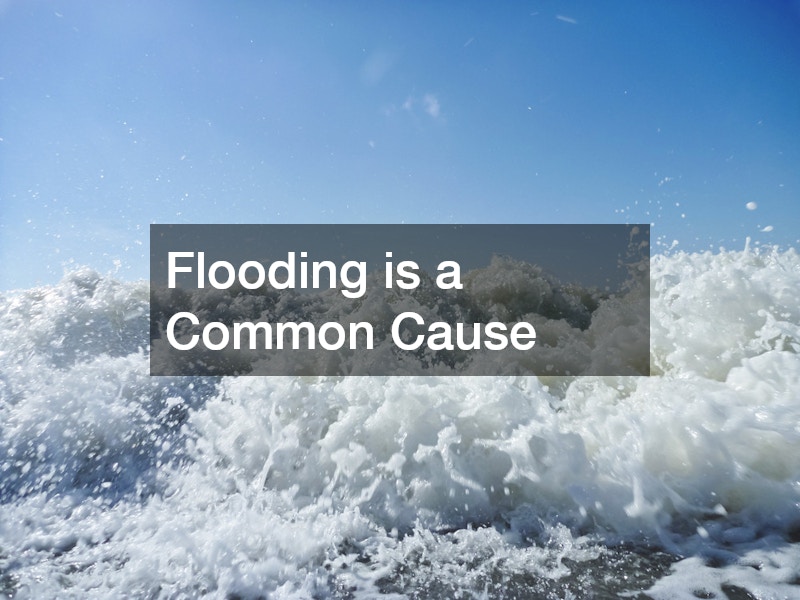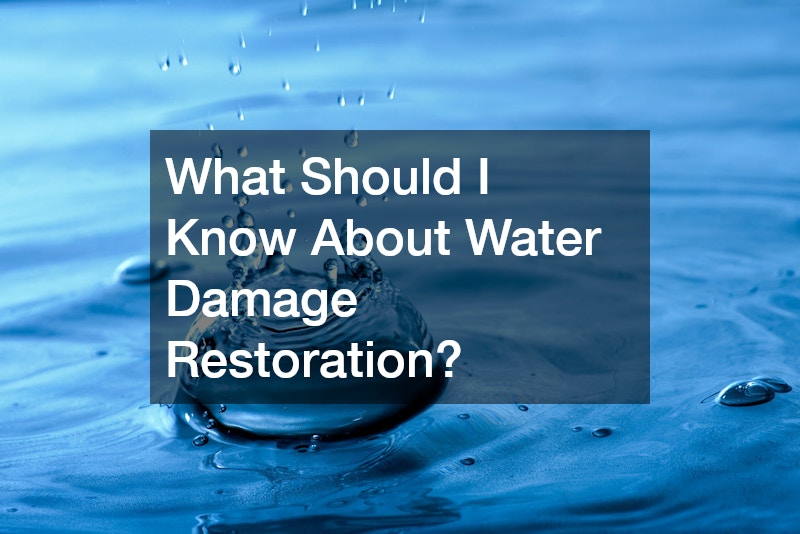Water damage can strike unexpectedly, whether from a storm, a plumbing issue, or an appliance malfunction. It can cause extensive damage to your home or business, leading to costly repairs and sometimes even health risks. Understanding the basics of water damage restoration is crucial for ensuring your property is properly restored. Here, we will explore what water damage restoration involves, the steps in the process, and how to choose the right professionals for the job.
What is Water Damage Restoration?
Water damage restoration refers to the process of cleaning, repairing, and restoring a property after it has been affected by water. This could be from a variety of sources such as flooding, leaks, burst pipes, or appliance failures. Water damage can lead to structural damage, mold growth, and potential health hazards, making it critical to address the problem quickly.
The primary goal of water damage restoration is to mitigate the effects of water on the property, prevent further damage, and return the home or business to its pre-damage condition. This process requires specialized equipment, expertise, and often a swift response to prevent long-term issues such as mold growth or rot.
Common Causes of Water Damage
Water damage can come from many sources, and understanding the common causes can help you be more proactive about preventing it. Some of the most frequent causes of water damage include:
Plumbing Issues: Leaking pipes, burst pipes, or clogged drains can result in water pooling in unwanted areas. Plumbing-related issues are one of the most common causes of water damage in homes and businesses.
Appliance Failures: Washing machines, dishwashers, refrigerators, and water heaters can all develop leaks or experience mechanical failures, leading to water damage.
Flooding: Heavy rain or natural disasters such as hurricanes and storms can overwhelm drainage systems and flood homes or businesses. Basements are especially vulnerable to flooding in areas prone to heavy rainfall.
Roof Leaks: Damaged or aging roofing can allow water to seep into your home, leading to interior water damage. Roof leaks are often more problematic than they seem because they can cause significant damage before being noticed.
The Water Damage Restoration Process
Water damage restoration is a multi-step process that typically follows the same general principles, although the specific steps may vary depending on the severity of the damage. Here’s an overview of the key stages involved:
1. Inspection and Assessment
The first step in the restoration process is a thorough inspection of the affected area. Professionals will assess the extent of the water damage, identify the source of the water, and determine the best course of action. This includes measuring moisture levels and identifying any hidden water pockets, which can lead to mold growth or further structural damage if left untreated.
2. Water Removal
The next step is to remove all standing water. This can be done using industrial-grade pumps and vacuums that can efficiently extract large volumes of water. The quicker the water is removed, the less damage it will cause, so professionals typically act quickly in this stage.
3. Drying and Dehumidification
Once the bulk of the water has been removed, drying the area is crucial. Industrial air movers and dehumidifiers are used to remove moisture from the air and the materials that have absorbed water. This step can take anywhere from a few days to a week, depending on the extent of the damage and the materials involved.
This process is vital to prevent mold growth and further deterioration of materials like wood and drywall, which can absorb water and become weakened. Dehumidification ensures that all moisture is eliminated, even from hidden or hard-to-reach areas.
4. Cleaning and Sanitization
Water can introduce harmful bacteria, contaminants, and mold spores into your home or business. Cleaning and sanitizing the affected areas is critical to ensuring the health and safety of the occupants. Restoration professionals will use specialized cleaning agents and techniques to sanitize the area, including disinfecting surfaces and removing any debris or contaminants.
5. Restoration and Repair
Once the space is dry and clean, the final stage is restoration. Depending on the severity of the damage, this could involve repairing or replacing structural elements like drywall, flooring, or insulation. If mold or mildew growth has occurred, mold remediation may also be required.
Restoration can also include cosmetic repairs such as painting and installing new flooring or cabinetry. This step restores the property to its original condition or better, ensuring it is safe, comfortable, and fully functional once again.
Watch the video above to learn more about water damage restoration!.


